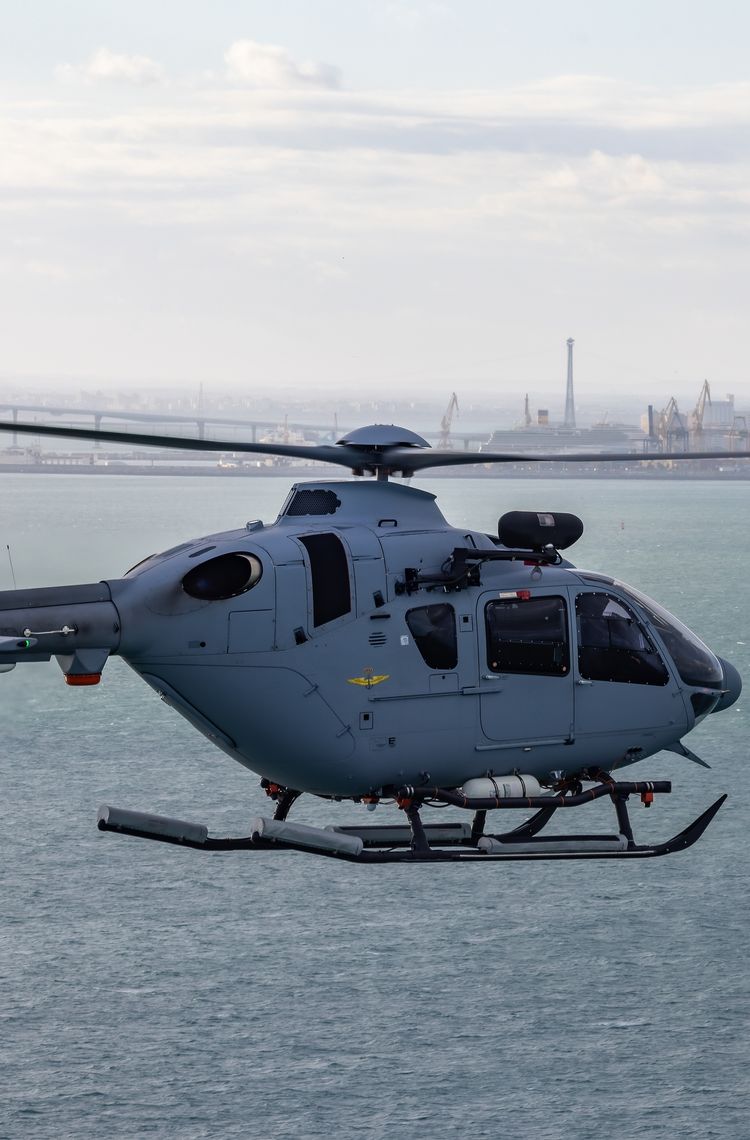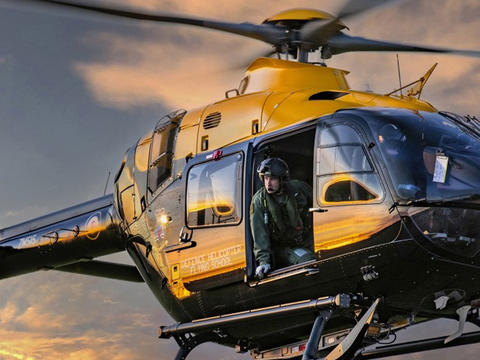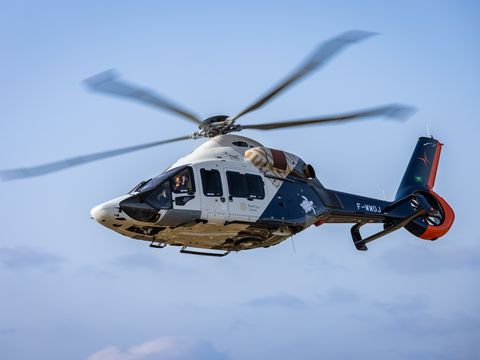David Farman, Head of Training at SkyAlyne believes that the Canadian decision to replace its single engine training fleet with the twin-engine H135 signals the continuation of a larger trend.
Military forces want only the best pilots for the vital missions they fly, so choosing the right helicopter for pilot training is critical. While some armed forces start their pilots on single-engine helicopters before they transition to twin-engines, a number of countries, such as Australia, the UK, Japan, Germany and Spain, rely on the twin-engine H135. Last year, SkyAlyne selected the twin-engine Airbus H135 for the Royal Canadian Air Force (RCAF) Future Aircrew Training (FAcT) program, with first deliveries planned for 2026. David Farman believes more military forces will follow suit on account of the intrinsic advantages a twin-engine offers.
A twinning solution
The advantages are too big to ignore. "The selection of the H135 by SkyAlyne fundamentally alters the traditional approach to pilot training,” notes Farman. “Moving away from a two-tier system—a small single-engine for basics followed by a twin for advanced skills—offers tremendous safety and efficiency gains."
"Training ab-initio pilots on a twin-engine platform like the H135 means that in an emergency, or if a student mishandles the aircraft, there is the benefit of a second engine's power to 'get out of trouble.' More than that, we can avoid the time-consuming process of two separate ground schools and repeating basic manoeuvres. We've seen figures where up to 35% of the advanced course was just re-learning previously taught manoeuveres on the new airframe."
Using a multi-engine means the pilot is learning on the same kind of helicopter they will fly operationally. "This choice is about real-world immersion,” emphasises Farman. “Since there are no single-engine helicopters deployed operationally within the RCAF, starting on a twin conditions the student from day one for the environment they are moving into. It immediately introduces them to the more complex systems management—advanced autopilots, flight directors, and cutting-edge avionics like the Helionix cockpit—that they'll need for front-line operations."

The H135: the perfect teacher
Farman is convinced that amongst the twin-engine helicopters on the market, the H135 possesses advantages that make it the perfect choice to train military pilots and rejects the notion that only single-engine helicopters provide a sufficient basis in initial skills. "The concern that a sophisticated twin can’t teach basic stick-and-rudder skills is outdated,” he says. “The H135 has an incredibly responsive carbon fibre hingeless main rotor head, demanding precise control input from the student, which is essential for building foundational skills."
Farman believes it makes more sense to have one helicopter whose functionality can be strategically removed and then gradually added, than to use two different helicopters. "Crucially, the H135's advanced automation can be deliberately degraded for training purposes,” says Farman. “Instructors can strip away layers of the sophisticated autopilot to ensure students master hands-and-feet flying before progressing to complex scenarios. Conversely, they can activate automation to mirror advanced operational aircraft, which has the added benefit of developing systems management skills far beyond those that previous generation aircraft were able to provide."
"The most impressive training asset, however, is the simulated engine-out mode. With the activation of a switch, the instructor can perfectly mimic a catastrophic engine failure—complete with emergency displays, rotor droop, and a yaw kick—without any actual reduction in power available. It’s an illusion, but it's fully convincing to the student and provides a superb, safe environment for mastering emergency procedures."

Double standard
Farman believes the logic is so compelling that others are bound to follow suit. "SkyAlyne’s decision is a clear signal,” he states. “The combined advantages of enhanced safety, superior efficiency, and better real-world readiness offered by modern multi-engine training platforms are now simply too compelling to ignore. We believe this is the start of a trend where twin-engine helicopters will become the standard platform for ab-initio military pilot training globally."

Digital rendering of RCAF's CT-153 Juno









